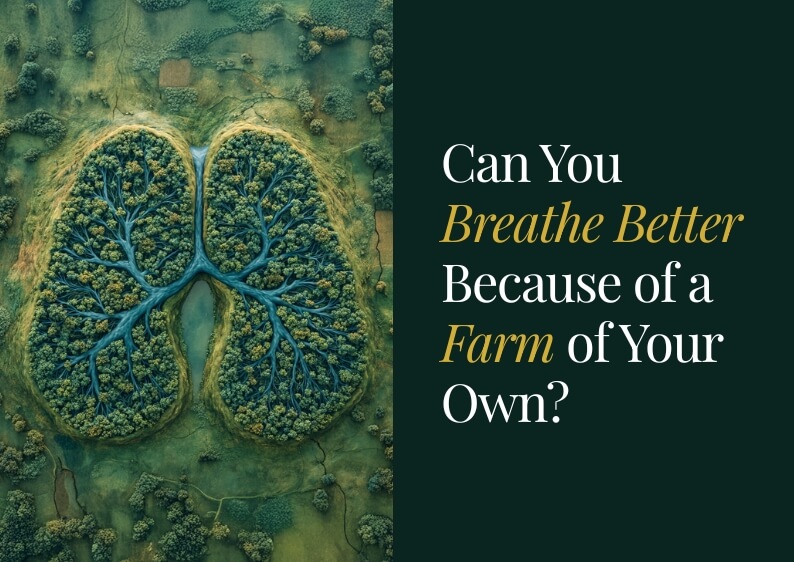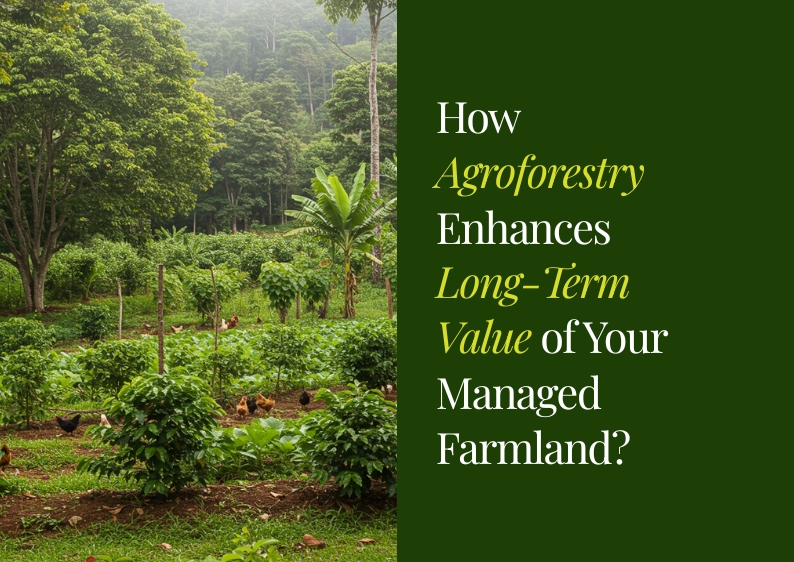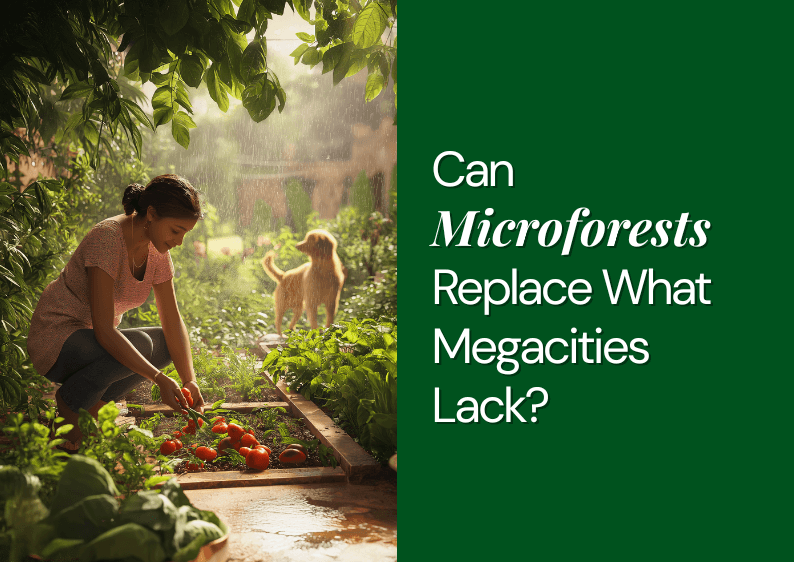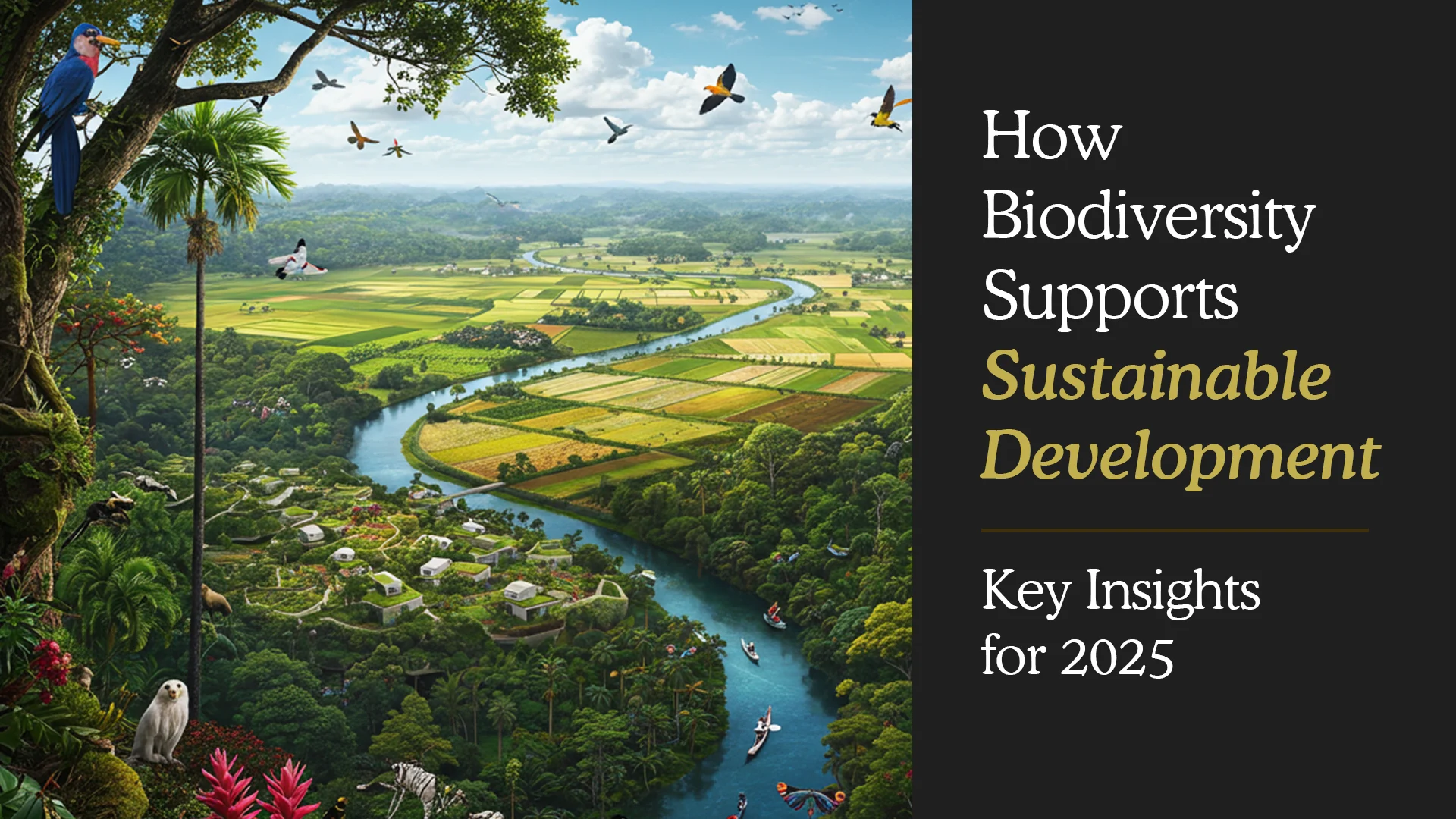July 4, 2019
Agriculture
Sandalwood was once considered as the primary source of Mysore state economy where the entire budget was planned based on sandalwood.
I can think of no better way to pay back to mother-earth during any kind of crisis thanserving on farmland or using my experience in agriculture.

In some ways, farmland is even better than gold or silver. At least farmland is an intrinsically useful thing. It provides a tangible yield in the form of good things from the earth. We all have to eat. As consumers trim their sails, they‘ll give up a lot before they give up their calorie intake. In fact, worldwide, the per capita calorie intake is likely to rise, while quality soil will become a scarce commodity. Altogether, I see five big reasons why spending money here is as good as green channel …
Reason #1
Grain inventories are falling to their lowest levels in more than 40 years
Obviously, we can’t continue to dip into inventories. The natural response you would expect to see is rising prices for grains and for the farmland that produces them. Global grain inventories, drought pending, are expected to rise this year, but will still remain well below historical level.
The big thing to keep your eye on here is stocks-to-use ratio. That compares the amount we have on hand to the amount we’re using. The higher the number, the closer we are to having fully stocked granaries. In the case of big commodities like rice, wheat and soybeans, the cupboard’s pretty bare.
Reason #2
Grain consumption is on the rise
The amount of pressure on the global food supply network is enormous. You can see the steep downward trend in wheat supply in the chart below.
Why are we eating so much more grain? The big factor here is meat. Hundreds of millions of people in China and India are joining the middle class. As people get wealthier they eat more meat. And more meat requires more grains to feed cattle and hogs. It takes 10 pounds of grain to produce one pound of meat. Because of that, most of the demand growth for coarse grain and oilseed meal will come from livestock in developing economies or the countries feeding them. So long as the middle class expands, you can be sure meat and grain consumption will follow.
Reason #3
Biofuels are driving agriculture demand up to new levels
Most every oil-consuming country has biofuel targets in place that will kick in over the next five years. These places include the U.S., the EU, Canada, Japan, Brazil, India and China. To meet their targets, we‘ll have to commit some 240 million acres to biofuel production.As you can see, the biofuel craze puts more pressure on farmland demand. And, there are other pressures as well.
Reason #4
Aerable land per person is falling
We are losing quality topsoil faster than we are replacing it. Quality soil is loose, clumpy, filled with air pockets and teeming with life. It’s a complex micro ecosystem all its own. On average, the planet has little more than three feet of topsoil spread over its surface. The Intelligencer calls it the shallow skin of nutrient-rich matter that sustains most of our food. Replacing it isn’t easy. It grows back an inch or two over hundreds of years.
Our farmers are in the mining business! Yes, the soil is incredibly deep, but it is still finite. For every bushel of wheat produced, we lose two bushels of topsoil.
We lose topsoil to development, erosion and desertification. Globally, it’s clear we are eroding soils at a rate much faster than they can form.
Reason #5
Low water supplies cut down farm productivity
China is a biggie to watch when it comes to food supply dynamics. It feeds 20% of the world’s population on only 10% of the world’s arable land and with only 6% of its water. China’s water tables are falling too. In parts of its traditional breadbasket in the north production of wheat and corn is in jeopardy. Chinese officials are well aware of this urgent need.
As the Financial Times reports: The country is leveraging heavily in agriculture. Its agriculture budget increased 27% in 2007, 38% in 2008, and about 20% in 2009. No other big country, barring India, has increased spending on farming so much, says the FT. Still, increasing output will be a challenge.
It also means that any way to secure better water supplies will be worth its weight in gold. Growing crops and keeping livestock hydrated uses three-quarters of the world’s water. That’s a lot of water, and China already doesn’t have enough.A United Nations report puts it in stark terms: The population of China, India, Pakistan, and other big Asian countries will grow 1.5 billion by 2050, doubling the continent’s food demand. Some of the best returns this decade will come from spending money in agriculture , and the kinds of companies that keep us supplied with water, food, and energy.





















































































































































































